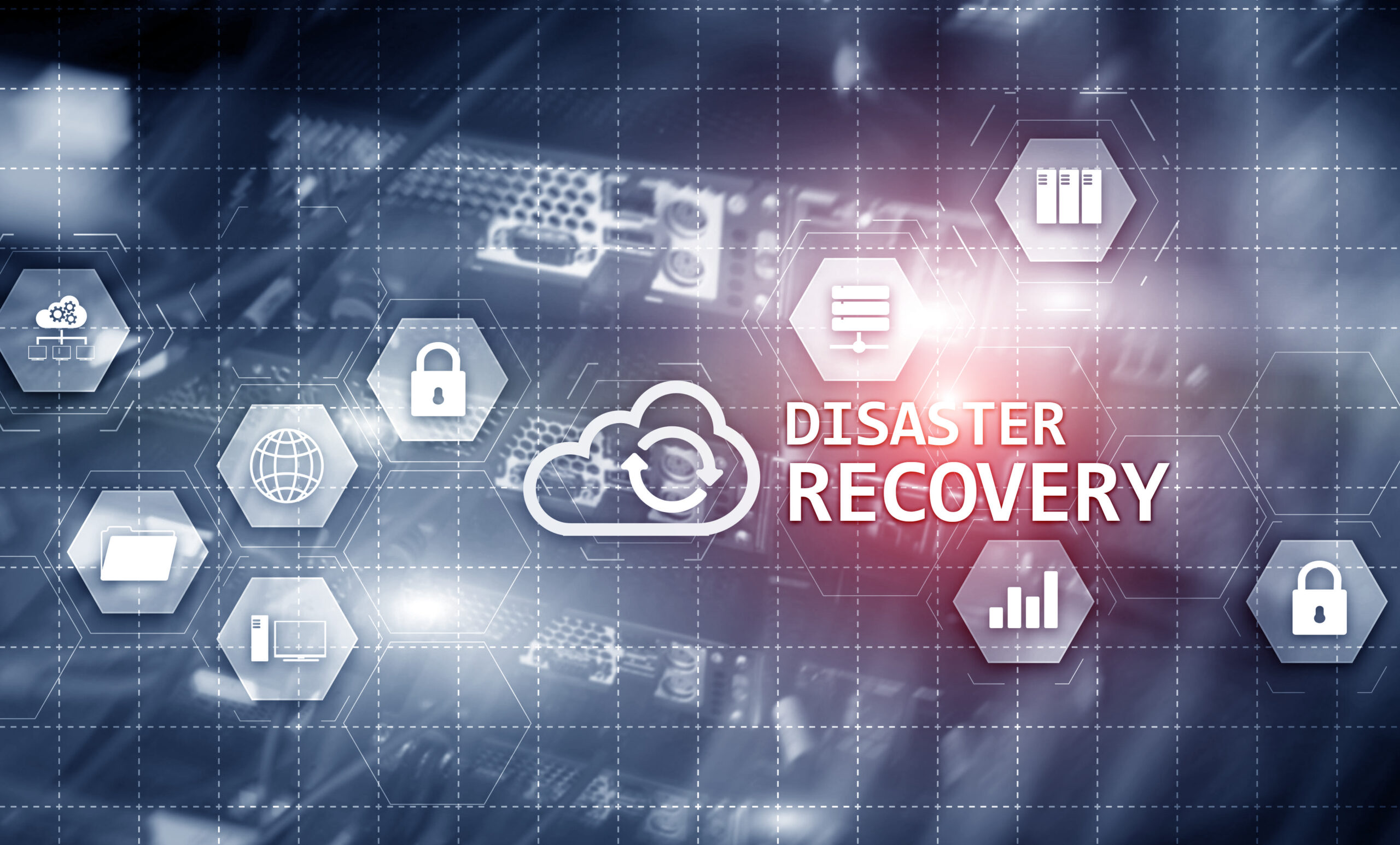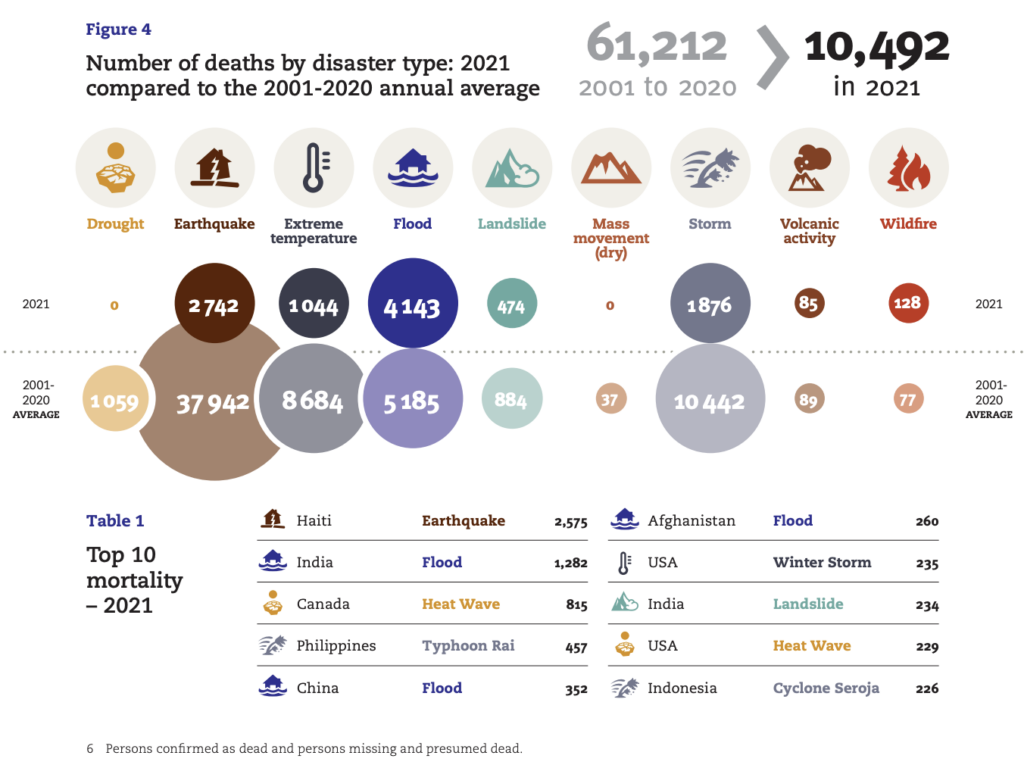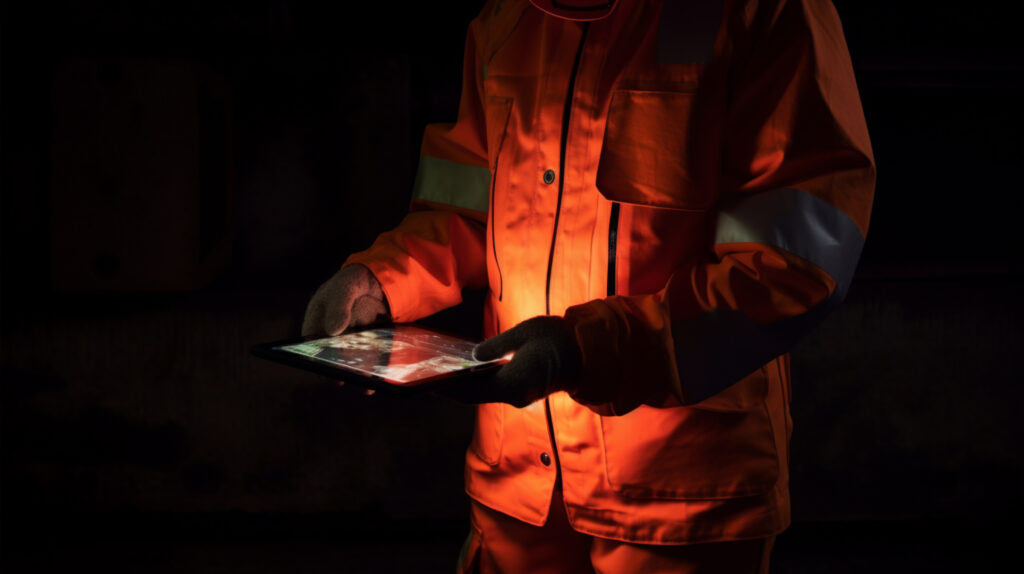
Why is disaster recovery technology progressing at such a fast pace? According to studies, natural disasters cause an average of 45,000 deaths annually. These deaths vary between 0.1% and 0.4%. Historically, droughts and floods were the deadliest disasters.
Unfortunately, climate change in the 21st century has increased the frequency of various other natural disasters. The following have been among the leading causes of death in the 21st century from natural disasters:
-
- Hurricanes
-
- Fires
-
- Floods
-
- And earthquakes
Besides being deadly on a sometimes large scale, natural disasters also have negative economic consequences. In 2021, there were approximately 10,000 deaths worldwide, according to EM-DAT data. In 2021, there was also a total global financial loss that amounted to roughly $343 billion.

Response and adaptations of nations
Disasters make the response and adaptation of nations to climate change increasingly important.
Response actions in natural disasters mean short and long-term rescue actions. A few key factors must be understood for successful rescue actions. They are as follows:
-
- The severity of the natural disaster
-
- Its status
-
- And any information related to the disaster
In the situation of a natural disaster, immediate action is essential. Every minute that passes is another life at risk. Disaster recovery usually begins while emergency response activities are in progress.
The primary goal of disaster recovery technology focuses on redeveloping and revitalizing individuals or communities. This process is generally provided with technical assistance and planning.
Disaster response and recovery technology
Due to this awareness, new technologies have been developed. These technologies focus on increasing the efficiency and effectiveness of first responders. They have also increased the role played by technology in disaster management.
Here are some tools that will guide an early response to natural disasters:
-
- Radar technologies that can receive location data from satellites
-
- Early earthquake warning systems integrated with seismological data
-
- Computer vision models to detect wildfire prediction
Robot and drone technology also aid in the disaster response and recovery process. The developed robots and drones can detect the location of natural disasters and provide detailed information about the situation of the disaster.
Integrating satellites, drones, and other aerial technologies will vastly support responders. These technologies can help with:
-
- Identifying areas where assistance is needed
-
- Creating clear routes
-
- Restoring communications
-
- Crowdsourcing image data to provide a fast, cost-effective analysis
Satellite data can best respond to any destroyed infrastructure, and the data extracted will aid in future disaster recovery technology.

At the same time, communications technologies like mobile applications, web platforms, and social media are also growing. These applications and platforms provide a space for individuals to report their status. Individuals can provide that they are safe and healthy during a disaster.
Consequently, as a result of climate change, disasters happen more frequently and with greater intensity. This increase will make these technologies more critical for nations. The implementation of these technologies will reduce the death and injury toll.
What are the risks?
There may not be too many risks directly correlated to disaster recovery technology, but there is a risk to implementing these technologies. Here are a few of the risks nations may face when integrating disaster technologies:
-
- Lack of planning
-
- Inadequate or wrong planning
-
- Relying on the incorrect technology
-
- Technology, plan, and execution were not adequately tested
-
- An insufficient amount of information management
Sources
- https://www.archives.gov/preservation/disaster-response,
- https://safetymanagement.eku.edu/blog/when-disaster-strikes-technologys-role-in-disaster-aid-relief/,
- https://www.csis.org/npfp/improving-disaster-response-through-aerospace-technology,
- https://www.tetratech.com/en/markets/disaster-recovery/disaster-response-and-recovery-solutions,
- https://www.nist.gov/news-events/news/2021/06/integrating-science-technology-disaster-response
- https://www.arcserve.com/blog/five-biggest-problems-disaster-recovery-plans

